Affiliate links on Android Authority may earn us a commission. Learn more.
7 ways smartphone brands cheap out on us
Published onJanuary 30, 2022
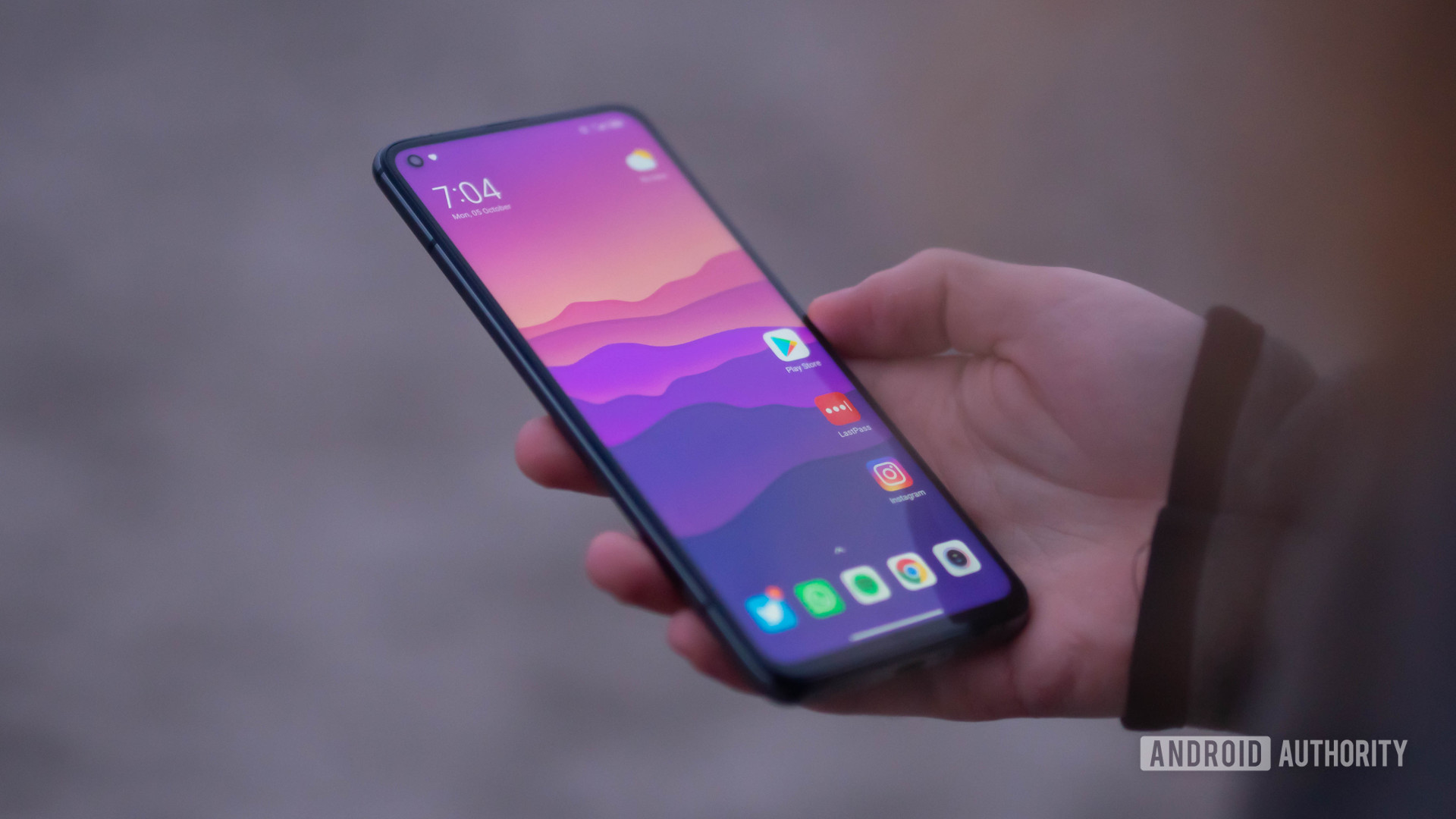
One of the best things about the modern smartphone industry is how competitive the mid-range and affordable flagship segments have become.
These days, you can find a lot of bang for your buck in the mid-range thanks to phones like the OnePlus Nord 2, POCO F3, and Galaxy A52 series. Shift to the affordable flagship space, and you’ll find devices like the Pixel 6, Galaxy S21 FE, and OnePlus 9 all competing for your cash.
Unfortunately, smartphone brands have to cut costs in certain areas to achieve these price points. This is understandable to an extent, but certain compromises are especially disappointing, particularly when flagships are affected.
Removing the telephoto camera
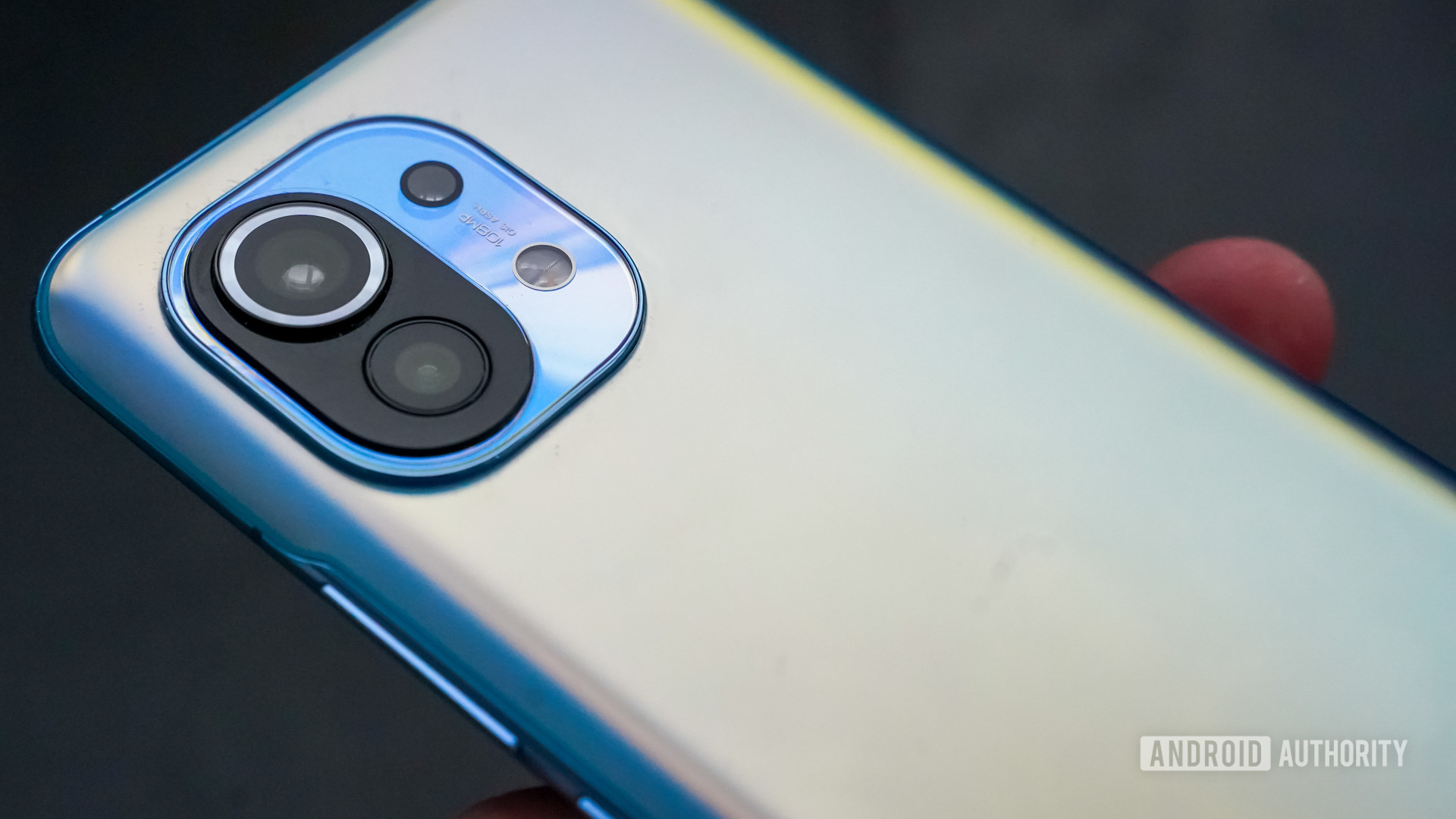
One of the most common ways for companies to cheap out on affordable flagships and mid-range phones is to ditch the telephoto camera. In fact, very few affordable flagships (let alone mid-rangers) offer a telephoto camera these days.
It wasn’t always this way. The Xiaomi Mi 9T series, the OnePlus 7T, and the realme X2 Pro were all $400 to $600 phones that offered telephoto cameras. But fast-forward to 2022, and OnePlus, Xiaomi, Google, Apple, and others have all nixed this camera from their cheapest flagships. Instead, these phones often rely on an ultrawide camera, a macro lens, or a combination of both.
It’s disappointing as these older phones showed that telephoto cameras could indeed exist on more affordable devices. Granted, the transition to 5G led to some price increases at first, which is presumably why phones like the OnePlus 8 and Xiaomi Mi 10 dropped telephoto cameras. We’re now firmly past the 5G transition point in most of the world, though, and Samsung has shown it’s possible to retain the telephoto camera with the Galaxy S20 FE and S21 FE.
Switching to plastic
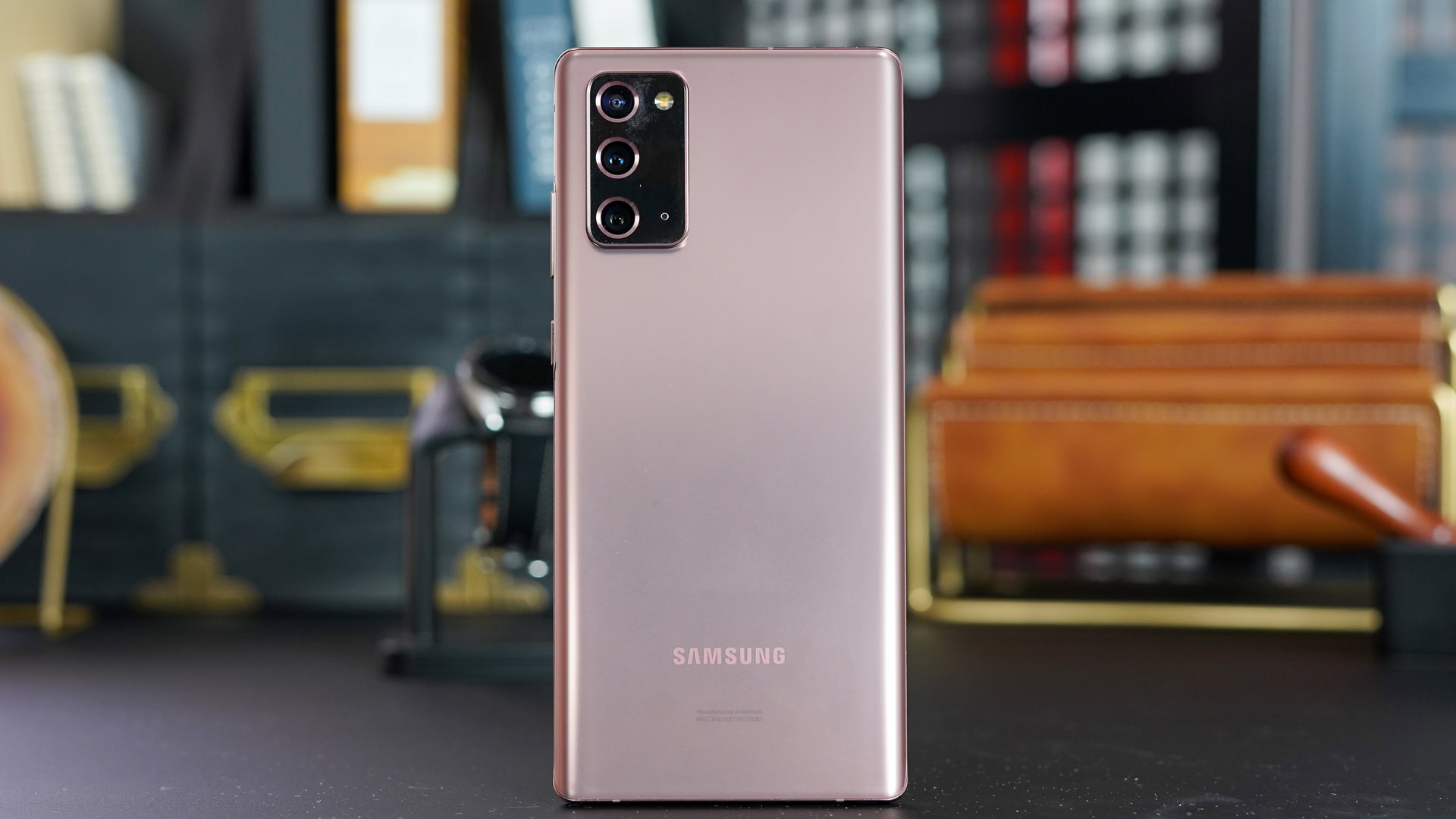
Another prominent way smartphone brands cheap out on their phones is by switching to different, inexpensive materials. Samsung is a serial offender, changing to “glasstic” even for some of its premium smartphones. Yes, the $1,000 Galaxy Note 20 was one of the first Samsung phones to ditch a glass back in favor of a plastic back that supposedly felt like glass. Since then, the company has brought this material to the Galaxy S21, S20 FE, and S21 FE.
More reading: Is it okay to sell a $1,000 plastic smartphone?
Now, personally, I prefer plastic to glass for durability reasons. But this was still a clear-cut case of a smartphone manufacturer cheaping out on its phone, as Samsung even cited cost as a reason for the decision. You can understand a company switching to plastic for the Galaxy A series and even the Galaxy FE phones for cost-cutting reasons, but it’s a different story for $1,000 flagships.
Skipping the IP rating
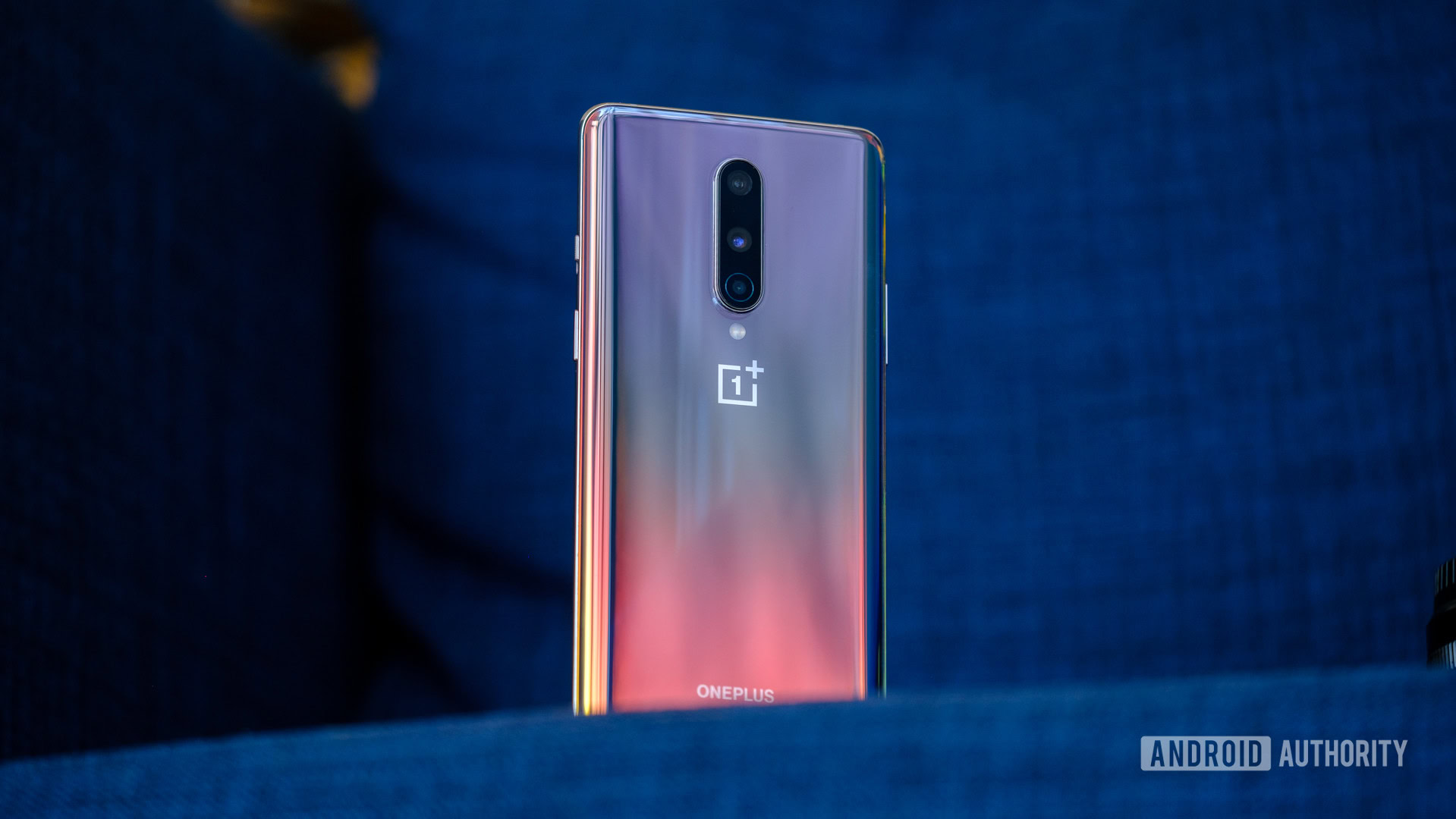
Yet another favorite cost-cutting measure is to skip on an official IP rating. OnePlus is one long-running example of this. It claimed that the OnePlus 7 series, among others, were water-resistant but that an official IP rating certification would have added to the phone’s cost.
Related: Everything you need to know about IP and ATM ratings
Then, the company muddied the waters even further with the OnePlus 8 and OnePlus 9. These phones received an IP68 rating for the US T-Mobile variant but not for unlocked models that shipped out to the rest of the world. However, the global version of the 9 Pro does offer an IP68 rating.
OnePlus isn’t the only company to skip water resistance for its affordable flagships in some capacity, with the Xiaomi 11, Motorola Edge 20 Pro, and realme GT being a few more examples of phones that missed out on a coveted IP67 or IP68 rating. However, at least some of these brands offered splash resistance instead.
Skimping on updates

Updates are very important for smartphones, providing new features, fixing bugs, and patching security holes. Unfortunately, this is another area where OEMs try to cut back costs.
In the worst scenarios, we’ve seen brands like Motorola and Nokia giving out just one OS update to some phones instead of even the virtual industry-standard two version updates. We’ve also seen companies like vivo and Xiaomi announce a policy to bring three years of OS updates but exclude brand-new flagships from this pledge.
More on updates: Dear OEMs — Your Android update policy should have nothing to do with PR
We understand that it can cost companies thousands of dollars and months of development and testing resources to push out a software update. But Samsung shows that it’s possible to deliver years of updates to a broad portfolio of phones. As a result, the Korean brand will undoubtedly earn the loyalty of at least some customers, leading to repeat sales. Update support makes good business sense.
Offering a slower charger
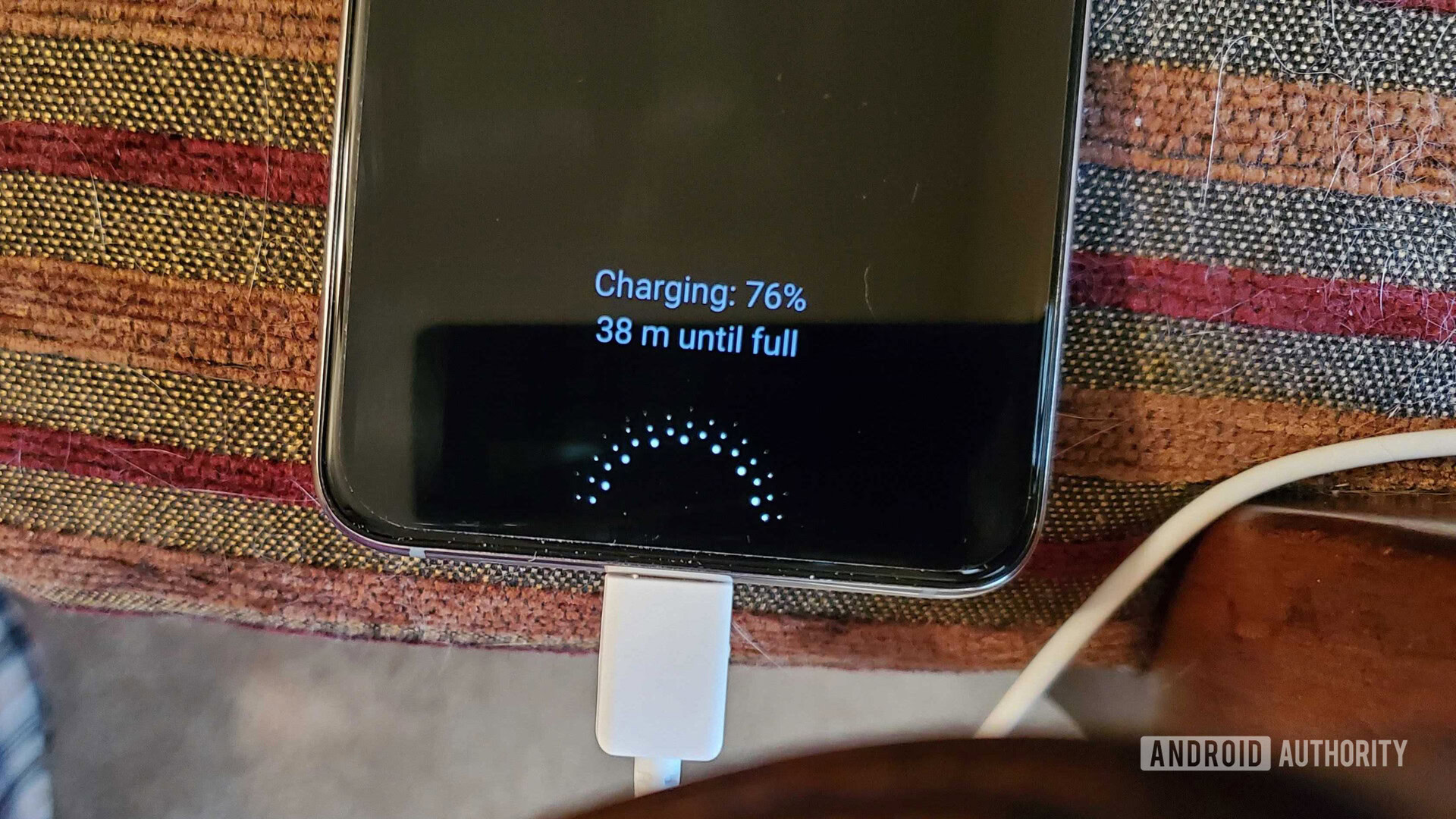
One cost-cutting tactic we’ve seen from some brands is providing a slow charger in the box that won’t even charge up your new smartphone at full speed. One prominent example is the Samsung Galaxy S20 FE, which supports 25W wired charging but only comes with a 15W adapter.
This seems like a financial decision in Samsung’s case. It’s unclear, however, whether the company bundled a slower charger because it needed to meet a specific price point or if it’s doing so because it wants you to spend cash on a faster 25W charger.
On the flip side, we’ve seen some brands offer a better solution by shipping phones with more powerful chargers. 2020’s Xiaomi Mi 10 Pro supports 50W speeds but comes with a 65W charger that can also be used to fast charge laptops and other gadgets.
Or dropping the charger altogether
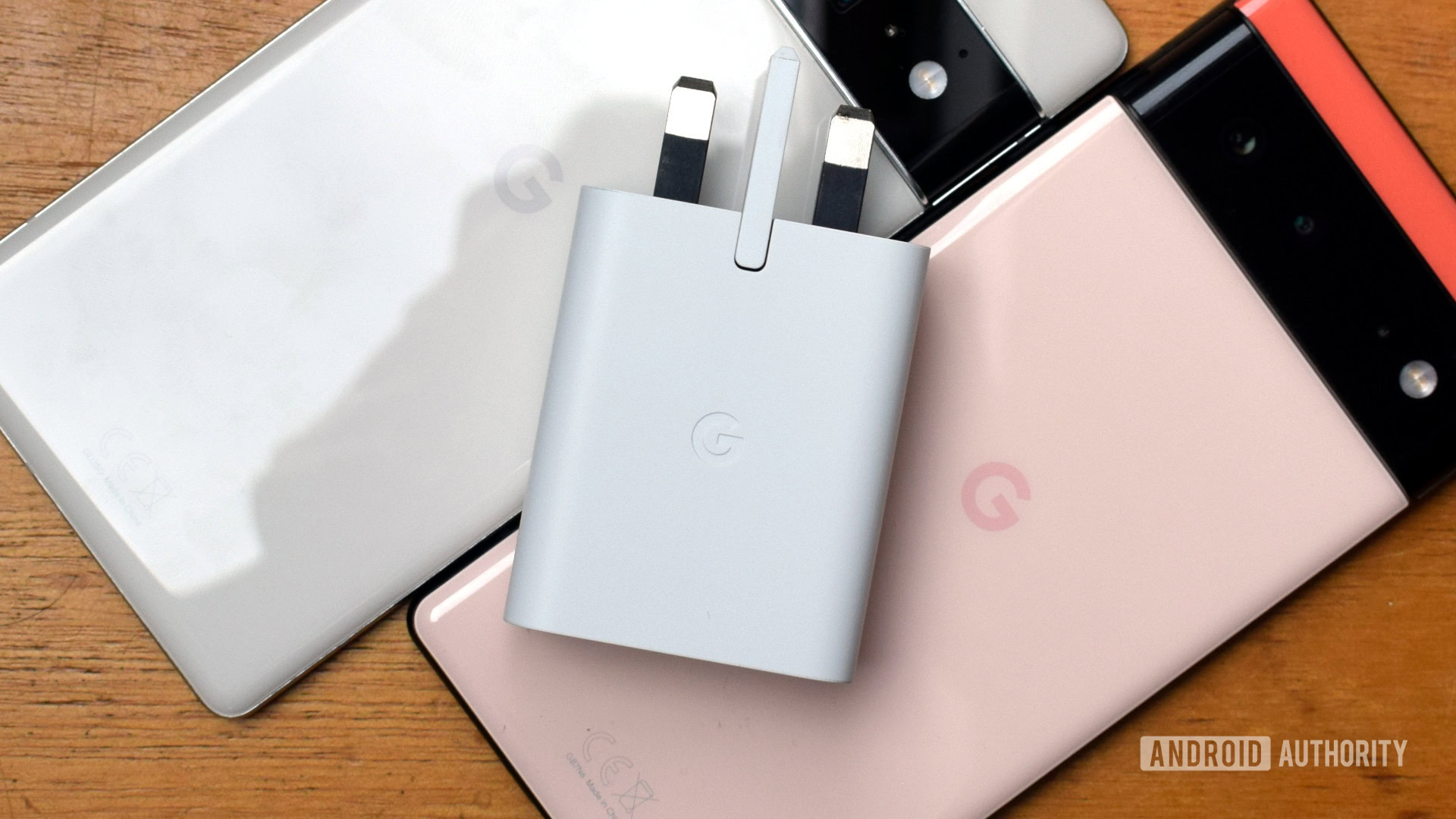
Another charging-related trend is companies dropping the charger from the box altogether. Apple was the first major brand to do this, followed by (you guessed it) Samsung and Google. In particular, both Apple and Samsung cited environmental concerns as their excuse for this new policy.
According to Apple’s own 2021 environmental report, there is an ecological benefit. It claimed it could fit 70% more products on a pallet without a charger, reducing shipping-related emissions. It also said this change has led to a significant drop in the use of plastic and zinc. Unfortunately, it’s clear that environmental concerns aren’t the only reason — you still need to pay $20 to $35 for the charging brick.
Meanwhile, Xiaomi demonstrated a more consumer-friendly solution when it launched the Mi 11 in China last year. It offered a package with and without the charger for the same price. So we’d like to see companies take this approach in global markets or make the cost of a separate charger much cheaper.
Cutting back on refresh rates
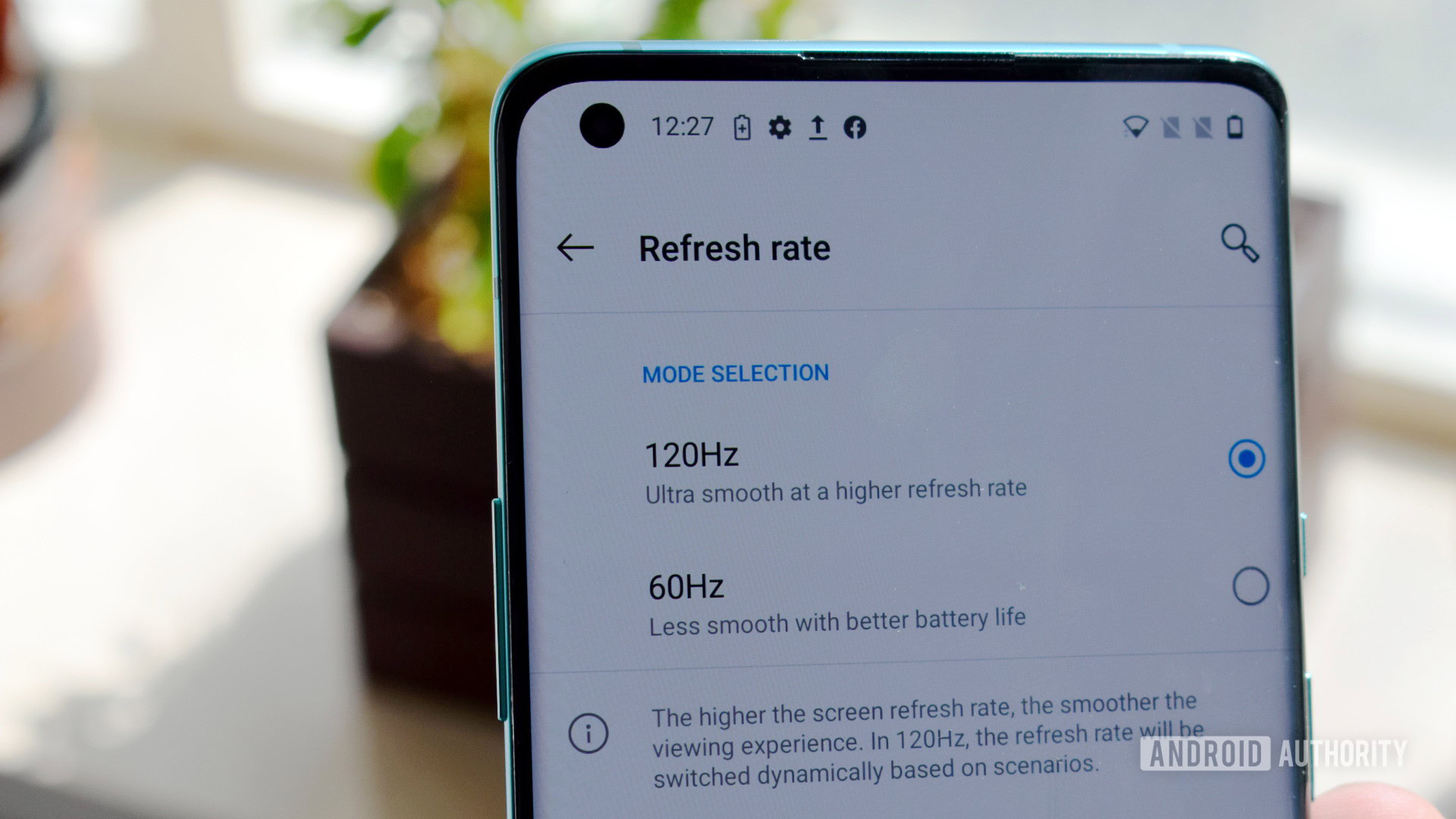
High refresh rate panels have become very popular in the smartphone world today, and you can even find this option on ~$300 devices and under. However, we still see some smartphone makers cheap out on us by offering a lower refresh rate. And we’re not talking about a drop-down to a still smooth 90Hz but rather to the standard 60Hz.
Explained: What you need to know about refresh rates
There are times when offering a 60Hz-only screen is a sensible cost-cutting move. This is particularly true in the budget segment, where every cent counts. It might also be a wise decision if the phone has a tiny battery. But there are at least three high-profile examples of phones cheaping out in this regard — the $900 LG V60, the $1,099 iPhone 12 Pro Max, and the $1,000 Galaxy Note 20.
It’s hard to agree with the decision to stick to 60Hz at these price points. Furthermore, all three devices packed decent batteries at best. So it definitely feels like these brands were doing it to improve their already substantial per-device profit margins. Although thankfully, this trend didn’t catch on throughout 2021, so let’s hope it’s behind us.
What’s the worst way that smartphone makers cheap out on us? Let us know via the poll below.